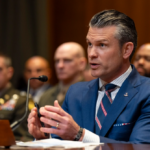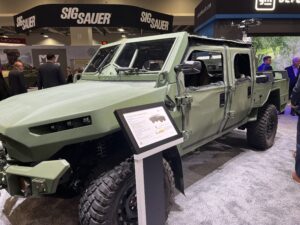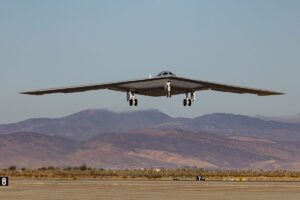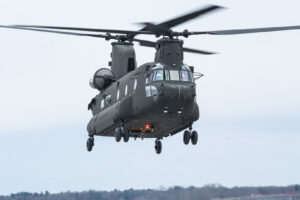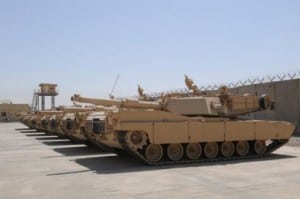Lawmakers concerned with the rate at which the Army is able to modernize its combat vehicles and armor formations are calling for a plan to accelerate fielding of new platforms like the mobile protected firepower (MPF) light tank.
The House Armed Services subcommittee on tactical air and land forces, in its mark of the 2018 National Defense Authorization Act (NDAA), asks the Army for a plan to speed up modernization of existing vehicles and report on its plans to field new platforms.
All of the vehicles in its armored brigade combat teams (ABCTs) are scheduled to undergo upgrades, but current plans put modernization of 11 ABCTs out 30 years at the going rate. Committee aides said recently that modernizing half an ABCT per year is unacceptable.
Rep. Michael Turner (R-OH), Chairman of the House Armed Services Subcommittee on Tactical Air and Land Forces, said ‘the Army is on a path to fully modernize all of their armored brigade teams by 2035–which is a problem.”
The committee “remains concerned about the stability of ABCT modernization funding in fiscal year 2018 and beyond, and encourages the Army to fully modernize at least one ABCT per year,” its mark says.
Under the mark, which was recommended to the full HASC on June 21, the Secretary and Chief of Staff of the Army must report back to the committee and its Senate counterpart by April 5, 2018 with a plan for executing its ground combat vehicle modernization strategy.
To improve near-term readiness, the committee recommends funding at least a portion of the Army’s unfunded priorities list for fiscal 2018. Regarding ground combat systems, that wish list includes 33 recapitalized M2A4 Bradley Fighting Vehicles, 29 Abrams tanks and 35 Hercules Recovery Vehicles.
The Army’s plan has been to incrementally upgrade and periodically reset its legacy combat vehicles, to include the M1 Abrams main battle tank, Bradley Fighting Vehicle, M109A7 Paladin self-propelled artillery, M113 Armored Personnel Carriers and M88 Improved Recovery Vehicles.
While it has launched a program to develop a next-generation vertical lift platform to replace its scout, attack and utility helicopters, no such program exists to drive progress in combat vehicle design. The lone new-start armored vehicle in production is the armored multipurpose vehicle (AMPV), which will replace the M113.
“The committee believes there is an immediate need for a more accelerated ground combat vehicle modernization strategy that should include the development of a next generation infantry fighting vehicle and main battle tank, while also looking for ways to accelerate needed upgrades for legacy combat vehicles in the near term to address immediate threats,” the mark says.
Thanks to high-profile, bank-breaking development failures like Future Combat System and the Ground Combat Vehicle, the Army has been gun-shy about launching another effort to fully replace either the Abrams or Bradley. Initial research and development has begun on the Next-Generation Combat Vehicle (NGCV), but it isn’t scheduled to field until 2035 if successful.
Mobile protected firepower, envisioned as a light tank that will provide an armored punch to infantry brigades, is an interim step that the committee wants sped to the field.
The mark notes that since 2008 the Army’s modernization funding declined 74 percent as a result of the drawdown from Iraq and Afghanistan and budget caps established by the Budget Control Act of 2011. At the same time, research and development funding fell by half.
“The committee is concerned that the tactical overmatch that U.S. ground forces have enjoyed for decades is being diminished, or in some cases, no longer exists,” the mark says. “The committee believes the consequences of reduced modernization funding are most dramatic with respect to ground combat vehicle modernization.”
Included in the ABCT modernization report will be five- and 10-year plans for vehicle modernization, the extent to which those priorities can be supported at current funding levels “within a relevant time period” and how much additional funding is needed to accomplish those plans.
It also should detail how the Army is balancing and resourcing modernization priorities with efforts to rebuild and sustain readiness and increase force structure capacity over the next five to 10 years and how near-term modernization efforts could be balanced with an accelerated long-term strategy for acquiring next generation combat vehicle capabilities.

 By
By 
